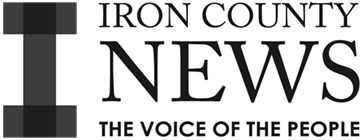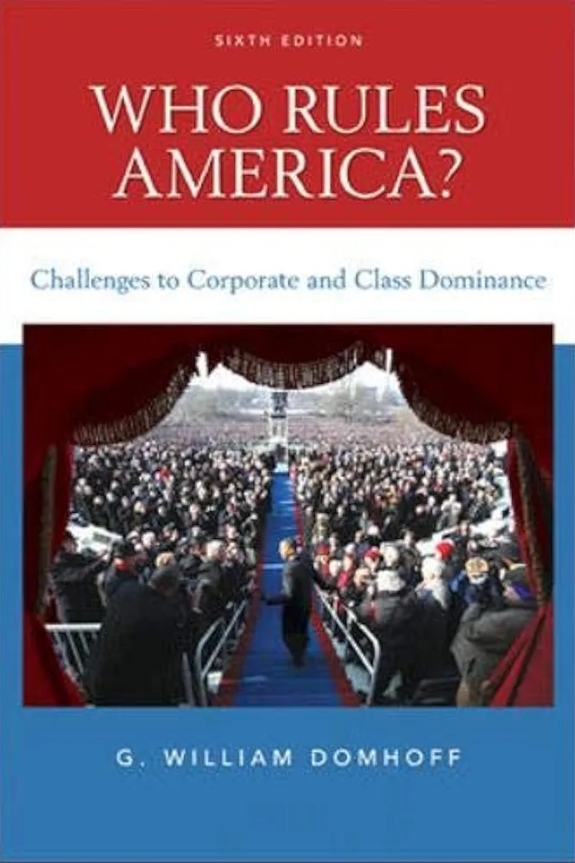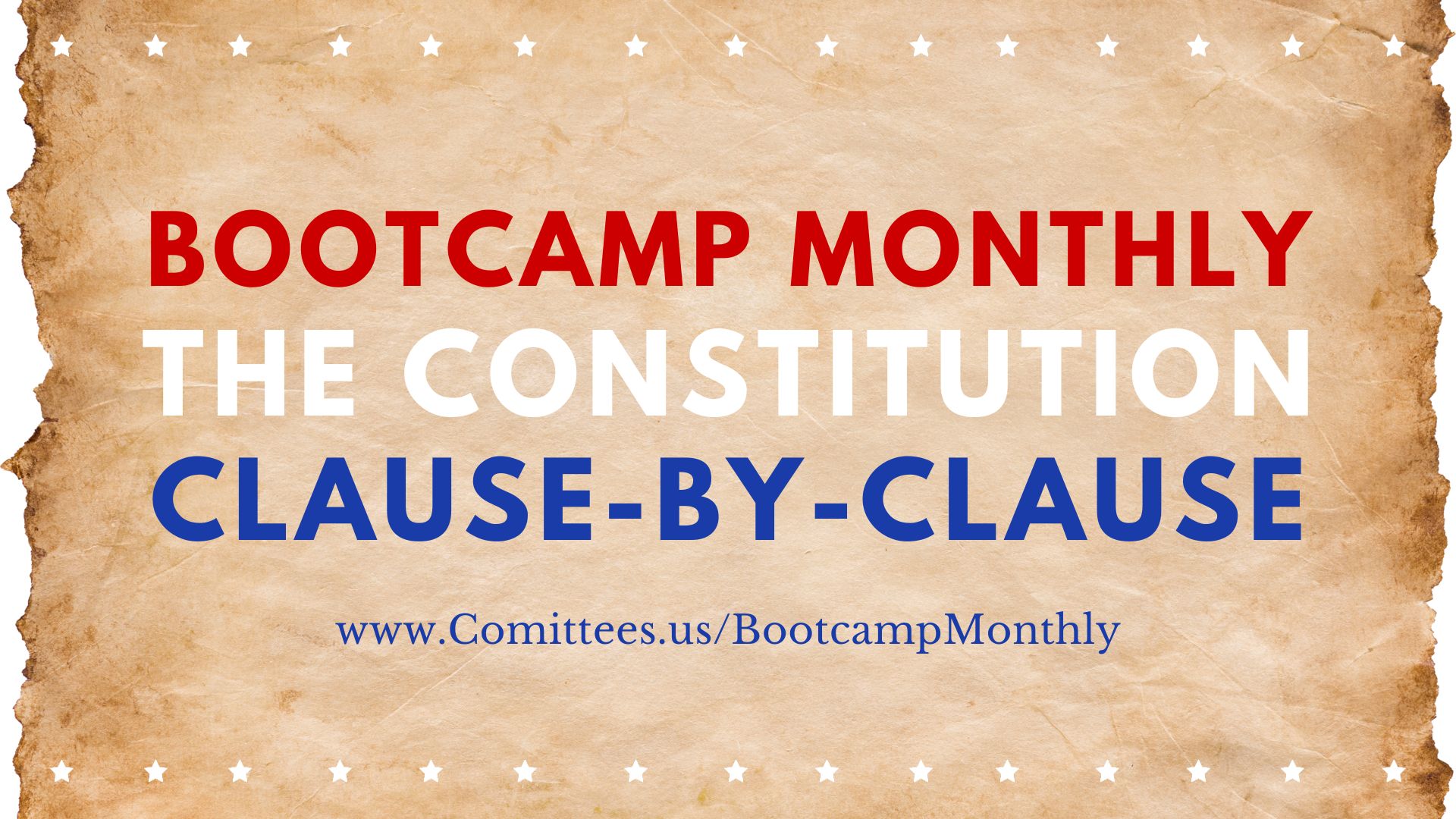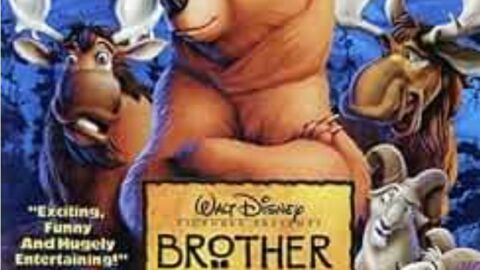G. William Domhoff’s “Who Rules America?” examines the power structure (Oligarchy) in the United States, arguing that a small, interconnected elite—composed of wealthy individuals, corporate leaders, and policy influencers—dominates the political and economic landscape.
He outlines how this “power elite” maintains control through corporate board interlocks, policy-planning networks, and social institutions that reinforce their influence.
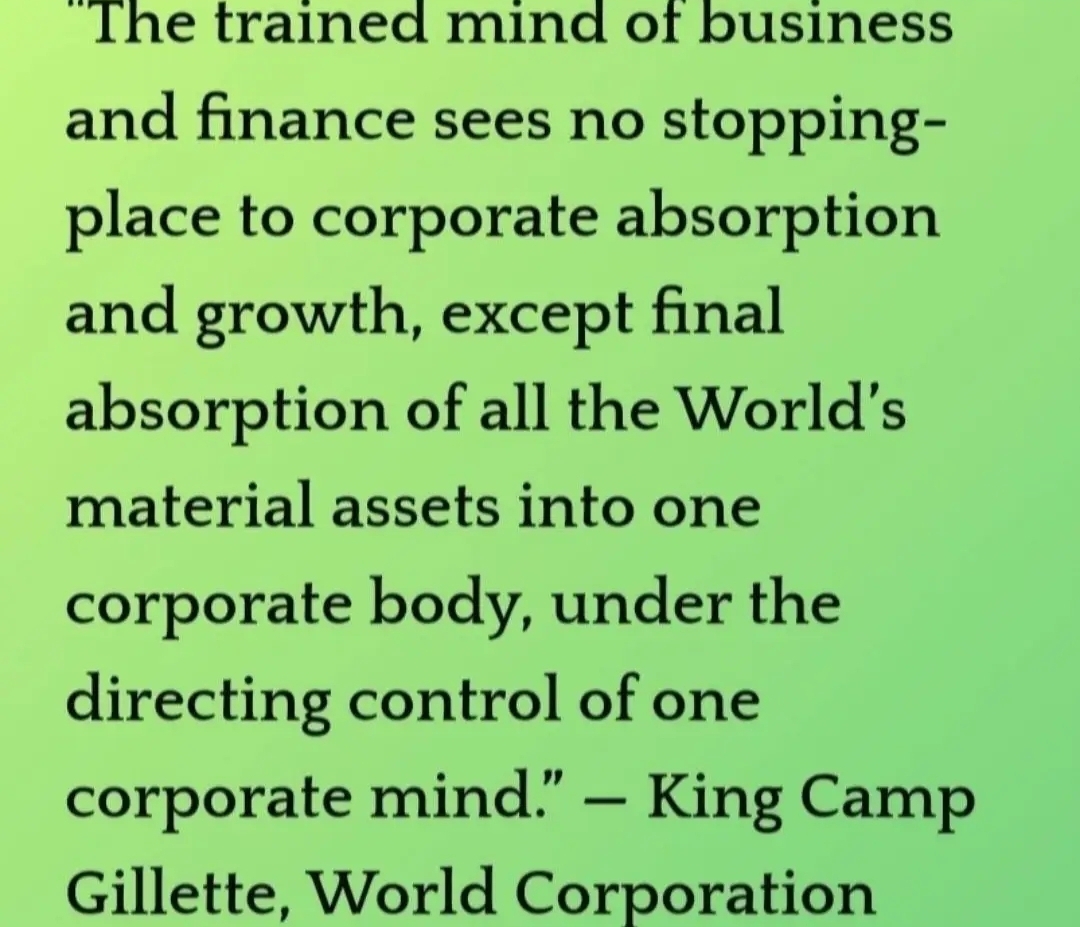
Domhoff challenges the notion of a democratic (Constitutional Republic) society by illustrating how these elites shape policies and public opinion to serve their interests, thereby perpetuating their dominance.
“Who Rules America?” explores the structure of power in the United States, arguing that a corporate elite, composed of wealthy business owners and executives, dominates the political and economic landscape.
Power Elite: A small group of affluent individuals and families control major corporations, media, and political institutions.
Interlocking Directorates: Corporate boards are interconnected, consolidating power within the elite.
Policy Planning Networks: Think tanks, foundations, and policy discussion groups shape government policies in favor of the elite.
These mechanisms perpetuate elite control over American society.
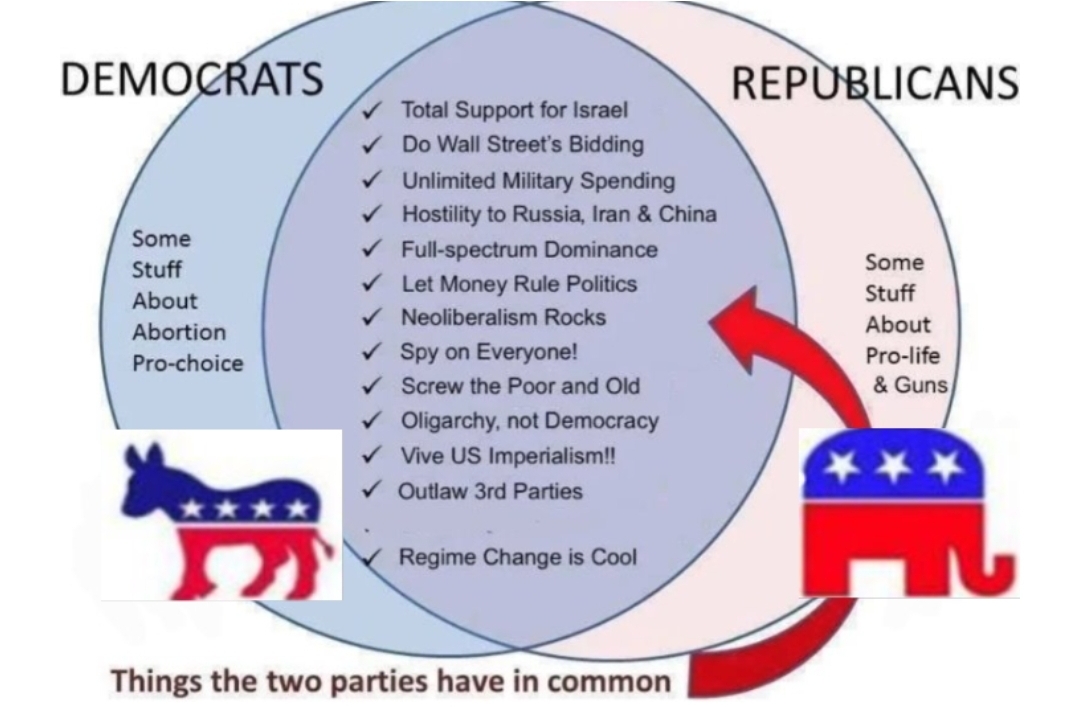
Who Rules America? Provides a detailed analysis of the American power structure, focusing on the role of the corporate elite in controlling key societal institutions. Domhoff argues that the United States is governed by a “power elite” made up of wealthy business leaders, corporate executives, and high-ranking political figures who exert considerable influence over government policies, economic decisions, and social norms.
Power Elite:
- Domhoff expands on C. Wright Mills’ concept of the power elite, arguing that this small group of wealthy individuals controls the major institutions in America, including corporations, the government, and the military.
- The power elite is not a monolithic group but is characterized by overlapping memberships in corporate boards, social clubs, and policy-making organizations.
Corporate Dominance:
- A significant portion of the book focuses on how large corporations dominate the economy and political landscape.
- Domhoff illustrates how interlocking directorates (shared board members between different companies) consolidate corporate power and influence over public policy.
Policy Planning Network:
- Domhoff discusses the role of think tanks, foundations, and policy discussion groups, such as the Council on Foreign Relations and the Trilateral Commission, in shaping government policies to benefit the elite.
- These organizations are often funded and directed by the power elite, ensuring that public policies align with their interests.
Social Clubs and Elite Education:
- The book examines how elite social clubs, private schools, and Ivy League universities perpetuate the power and cohesion of the elite.
- These institutions serve as networking hubs, helping to maintain and pass down elite status across generations.
Influence on Government and Media:
- Domhoff argues that the power elite exercises significant control over the political process through campaign contributions, lobbying, and media ownership.
- The media, often owned by corporations linked to the elite, plays a crucial role in shaping public opinion and legitimizing the existing power structure.
Critique of Pluralism:
- The book challenges the pluralist view that power in America is distributed among many competing interest groups.
- Domhoff contends that true power is concentrated in the hands of the elite, who often collaborate to maintain their dominance rather than compete against each other.
Social Movements and Change:
- Domhoff acknowledges the role of social movements in challenging the power elite but argues that these movements face significant obstacles due to the entrenched nature of elite control.
G. William Domhoff’s Who Rules America? shed’s light on how power operates not just at the national level, but also deeply at the local level, particularly through real estate developers, land-use coalitions, and growth networks. This is one of the most overlooked but important contributions of Domhoff’s work.
Domhoff on Local Power: The Real Estate Growth Machine
Domhoff builds upon the “growth machine” theory first introduced by sociologist Harvey Molotch, which posits that local elites—particularly those in real estate and construction—drive local politics for their own economic benefit, often at the expense of long-term public interest. Domhoff expands on this by showing how these local economic elites are deeply intertwined with national corporate and financial interests.
Key Points on Local-Level Power Structures
Real Estate and Land-Based Elites
- Local power is often concentrated among developers, landowners, and construction firms who push for policies (zoning, infrastructure, tax breaks) that increase the value of their land holdings.
- They form “growth coalitions”—alliances between developers, local politicians, banks, and media—to push urban expansion and gentrification.
City Planning as a Tool of Control
- City councils and planning commissions are heavily influenced by these interests.
- Public input is often performative; the real decisions are made in exclusive informal meetings and lobbying networks.
Banks and Infrastructure Contracts
- Local banks and national financial institutions fund development projects and often hold mortgages and debts that shape which projects proceed.
- Engineering, utility, and infrastructure firms profit from these projects—tying municipal decisions to Wall Street-level interests.
How Local Ties Connect to National and Global Power
- Many of these developers are part of national industry associations, sit on regional Federal Reserve boards, or serve as donors to state and federal campaigns.
- In return, they get favorable federal policies like tax breaks for capital gains on real estate and access to federally backed loans.
Universities, Hospitals, and Nonprofits (“Eds & Meds”)
- These institutions, often tax-exempt, play a major role in local development and are deeply connected to corporate boards, foundation money, and local politics.
- Domhoff argues that these groups are not neutral; they often align with growth coalitions for prestige and funding.
“Follow the Concrete”
If “follow the money” works at the national level, Domhoff’s insight is that “follow the concrete” works at the local level. From rezoning requests to stadium construction to university expansion, you’ll find:
- Local power brokers (developers, banks)
- Political enablers (mayors, city councils)
- Media silence or complicity
- National financial links
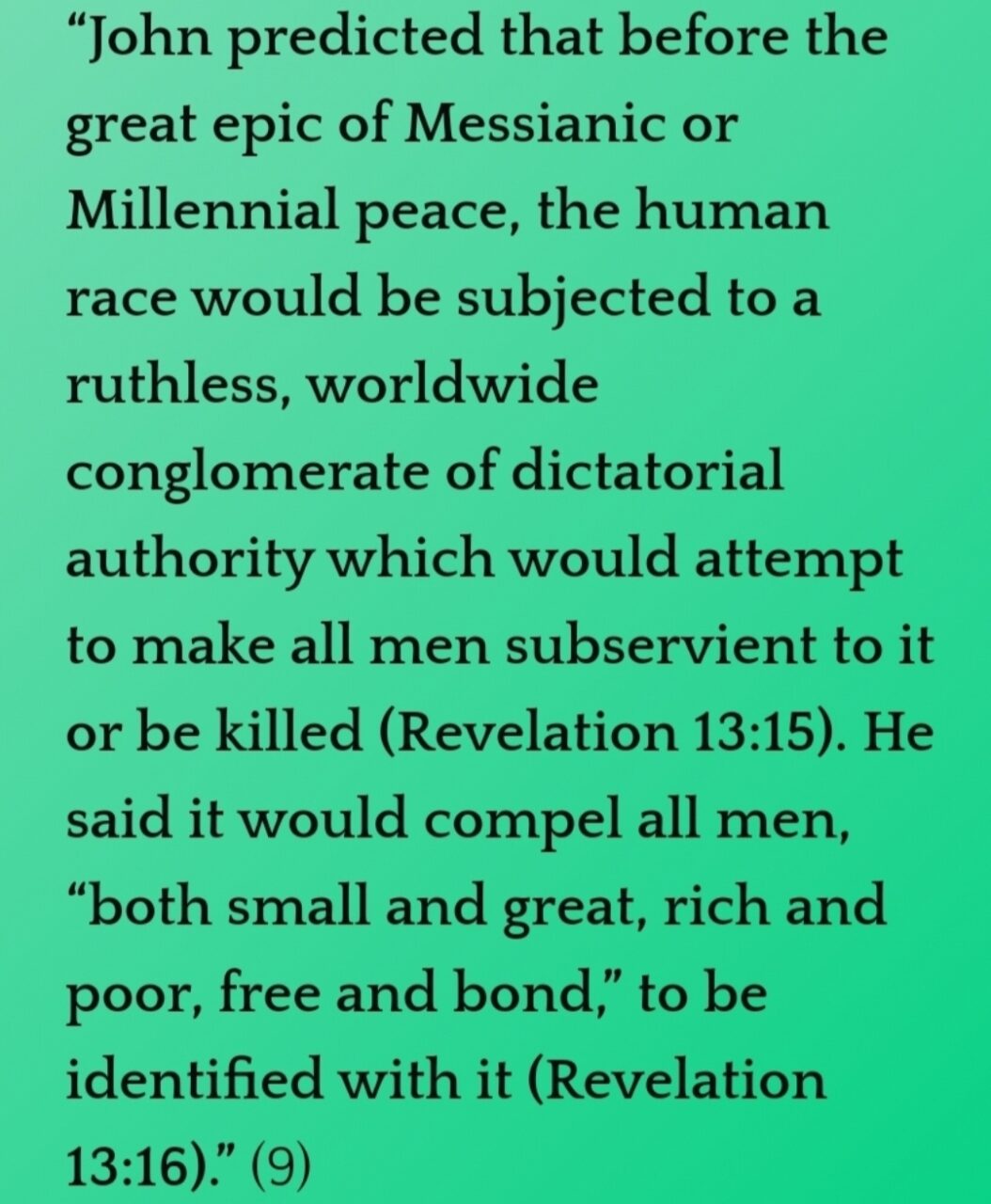
Who Rules America? Provides a comprehensive examination of the ways in which a small, interconnected elite maintains control over American society. Domhoff’s analysis reveals the underlying power dynamics that influence political and economic decisions, challenging the notion that the United States is a fully democratic society. The book is a critical resource for understanding the complexities of power and inequality in America.
